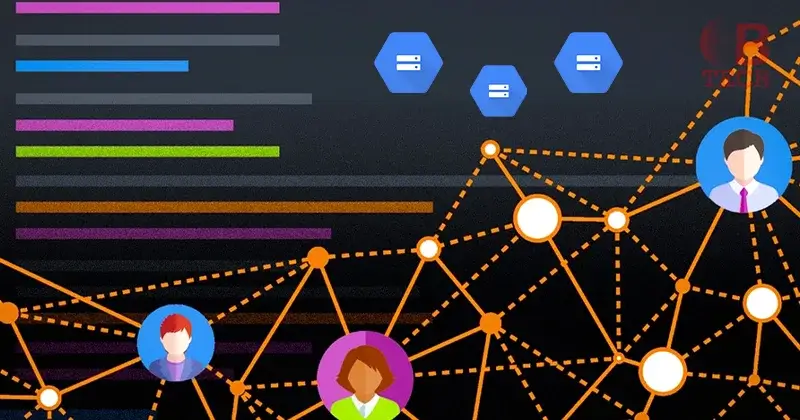In today’s digital era, information is widely available and easily accessible. Thus, businesses are constantly seeking ways to gather insights that can drive them forward. One popular approach is crowdsourcing, which utilizes mass data collection. In this guide, we will delve into how businesses can use crowdsourcing to access the wisdom of a group of individuals and make informed decisions based on data.
What is Crowdsourcing?
Crowdsourcing is one of the most effective data collection methods. It involves obtaining services, ideas, or content by seeking contributions from a group of people through an online platform. By tapping into the intelligence and viewpoints of a crowd, companies can gain fresh perspectives and unique insights that might not otherwise be accessible.
Utilizing Mass Data Collection
Crowdsourcing excels in the realm of mass data collection. Traditionally, gathering large amounts of data has been costly and time-consuming. However, with the emergence of crowdsourcing platforms, businesses can quickly and cost-effectively gather quantities of relevant information.
By harnessing crowd wisdom through methods like surveys, polls, or general inquiries, companies can benefit from the knowledge and experiences of individuals from different backgrounds. This enables companies to gather insights on areas such as customer preferences, market trends, product feedback, and even forecasts for advancements.
Embracing Open-source Innovation
Crowdsourcing also presents opportunities for open-source innovation, which involves seeking external input and collaboration to address business challenges or create new concepts. Involving a group of contributors through a platform or community organizations can tap into varied perspectives that can ignite creativity and foster innovation.
Advantages of Crowdsourced Knowledge
- Varied Perspectives: Traditional market research often relies on sample sizes that may not accurately reflect a company’s target audience. Crowdsourcing tackles this challenge by enabling businesses to gather insights from a diverse pool of individuals. This broader outlook assists companies in making decisions that meet the preferences and requirements of their desired audience.
- Prompt Outcomes: Crowdsourcing allows businesses to receive real-time feedback on issues, facilitating decision-making processes. Instead of waiting months for research or focus group sessions to conclude, companies can gather insights within days, enabling faster responses to market shifts.
- Cost Efficiency: Compared to research methods, like surveys or focus groups, crowdsourcing offers cost advantages by simplifying the data collection process. Businesses can save on costs by avoiding expenses related to hiring research agencies and cutting down operational expenditures like renting facilities and compensating participants.
- Enhanced Innovation Potential: Engaging a group of individuals in problem-solving and idea generation opens up avenues for innovation. Fresh ideas that might have been overlooked within teams now stand a chance of emerging through the collective wisdom showcased in a vibrant online community.
Best Practices for Harnessing Crowdsourced Wisdom
- Define Objectives: Establishing goals and objectives before starting any crowdsourcing initiative is essential. Whether you’re seeking feedback on product designs or understanding market trends, defined objectives will shape how you structure your crowdsourcing campaign.
- Target the Crowd: Ensure diversity in your pool to include representation from the demographic or target audience from which you seek insights. Utilizing segmentation criteria such as age groups, geographical locations, or professional backgrounds can help identify candidates for your crowdsourcing endeavor.
- Engage Participants Effectively: To encourage participation and engagement from crowd contributors, maintain concise communication throughout all stages of the campaign. Clear instructions and an intuitive user interface play a huge role in eliciting high-quality responses.
- Balance Quantity with Quality: While gathering a lot of data is important, ensuring its accuracy and relevance is crucial. Implementing quality control measures, like validation checks, regular inspections, or assessment methods, can help address concerns about the reliability of the collected data.
Conclusion
Crowdsourcing is a tool that enables businesses to harness the intelligence and insights of a diverse group of individuals. Companies can access ideas and perspectives that drive decision-making processes, fuel innovation, and support business growth by utilizing crowdsourcing platforms for large-scale data collection. Following the best practices in designing and executing crowdsourcing initiatives can deliver desirable outcomes, providing organizations with valuable knowledge and practical insights to thrive in today’s dynamic business environment. So, embrace technology’s potential and leverage crowdsourced wisdom for your company’s prosperity.



